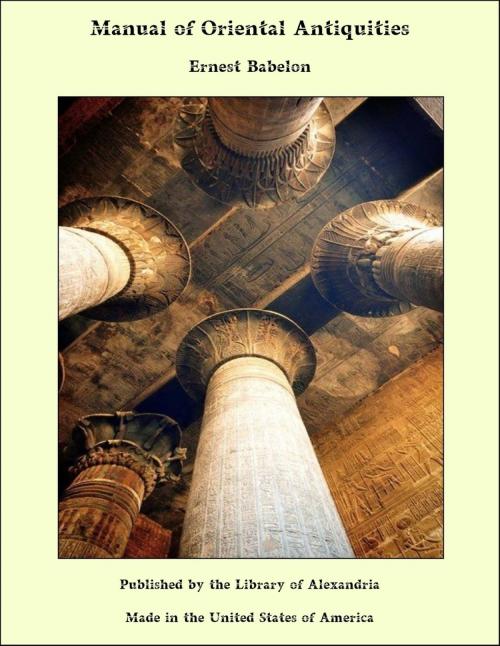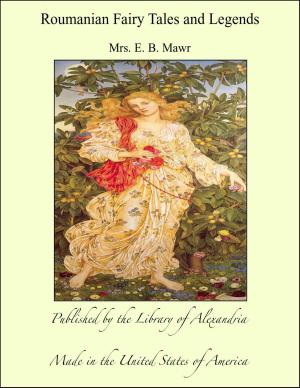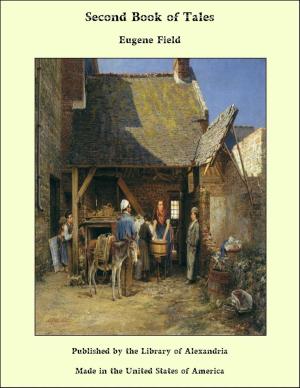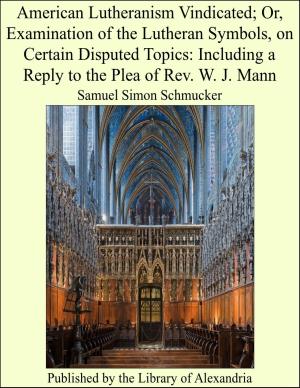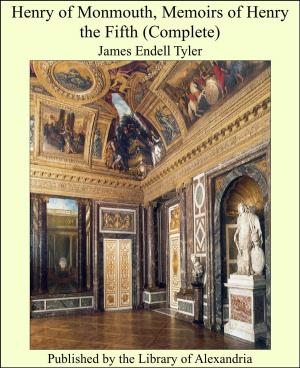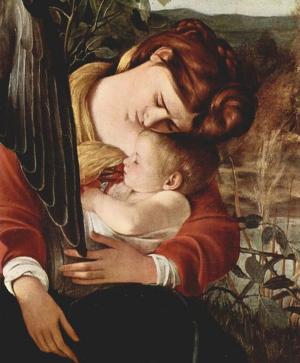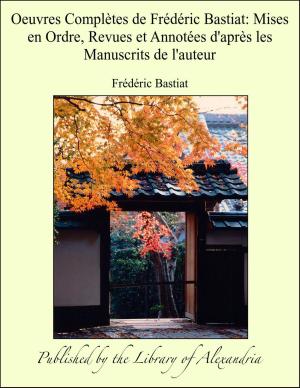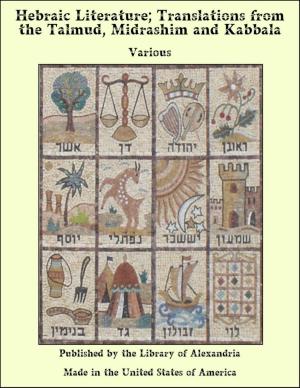Manual of Oriental Antiquities
Nonfiction, Religion & Spirituality, New Age, History, Fiction & Literature| Author: | Ernest Babelon | ISBN: | 9781465606051 |
| Publisher: | Library of Alexandria | Publication: | March 8, 2015 |
| Imprint: | Language: | English |
| Author: | Ernest Babelon |
| ISBN: | 9781465606051 |
| Publisher: | Library of Alexandria |
| Publication: | March 8, 2015 |
| Imprint: | |
| Language: | English |
The extensive region of Western Asia to which the Greeks gave the name of Mesopotamia was already, at the period which lies farthest back among the memories of mankind, the centre of a mighty civilisation rivalling that of Egypt, and disputing with the latter the glory of having formed the cradle of the arts in the ancient East. Babylon and Nineveh were by turns, according to the course of political events, the intellectual hearth at which the bold and original genius was kindled, which marks the artistic productions of Chaldæa and Assyria, and the reflection of which is shown in the monuments of Persia, Judæa, Phœnicia, and Carthage, the island of Cyprus, and the Hittite races. Yet it is neither in the capital of Chaldæa nor in that of Assyria that the oldest traces have hitherto been found of this great civilisation, extinct now for twenty-four centuries; it is not among the ruins of these famous cities that we can hear, as it were, an echo of the first wailings of the genius of plastic art, observe its groping efforts, touch with our finger its rudest attempts. In the country, formerly so fertile, called Lower Chaldæa, where, according to the popular tradition preserved by Berosus, the fish-god Oannes taught men in the beginning “all that serves to soften life,” the traveller comes, almost at every step, upon artificial mounds known as tells, concealing under a veil of dust the remains of cities which yield in point of antiquity neither to Babylon nor Nineveh; and it is there that modern archæologists have had the good fortune to disinter ruins far more ancient than those of the palaces of Sargon, Assurbânipal, or Nebuchadnezzar. Though a number of tumuli remain unexplored, and, as we may conjecture, future excavations will afford much new matter for science, nevertheless a brilliant light has already been thrown by numerous and important discoveries on the oriental origin of art and on the degree of material culture reached by the nation which founded Babel and the other Chaldæan towns of Genesis. The ruins of Abu Habbah, identified with the two Sipparas (Sepharvaim, that of the god Samas and that of the goddess Anunit), have yielded to our curiosity several monuments of the highest interest; those of Abu Shahrein (Eridu), Senkereh (Larsa), Mugheir (Ur, the native city of Abraham), the great necropolis of Warka (Uruk, the Erech of the Bible), are sites which have all furnished already an important harvest of remains belonging to the most distant ages, incomplete as their exploration has been. But the extensive and methodical excavations undertaken from 1877 to 1881 by M. E. de Sarzec at Tello (Tell Loh) have enriched the Louvre with a collection of monuments unique in the museums of Europe, and enable us to give, at the present time, an exact and precise account of the character of Chaldæan architecture and sculpture long before Nineveh and Babylon had succeeded in imposing their supremacy upon these regions. Tello, fifteen hours north of Mugheir, twelve hours east of Warka, seems to represent the ancient Sirpurla. Its ruins, which cover a space of four miles and a quarter, consist of a series of mounds at a short distance from the course of an ancient canal dug by the hand of man, the Shatt el Hai, which starts from the Euphrates and flows into the Tigris twelve hours below Bagdad. The principal tell contained the substructures of a palace which was, two or three thousand years before our era, the dwelling of a prince named, according to Assyriologists, Gudea. Hither we must especially transport ourselves, as well as to the mounds of Mugheir, Warka, and Abu Shahrein, where the English explorers Loftus and Taylor made some excavations with good results. The narrative of these excavations and the monuments which they have yielded to our museums, will help us to determine the peculiar features of an essentially self-made art, born spontaneously on the soil where it flourished, and apparently in no degree borrowed from its neighbours.
The extensive region of Western Asia to which the Greeks gave the name of Mesopotamia was already, at the period which lies farthest back among the memories of mankind, the centre of a mighty civilisation rivalling that of Egypt, and disputing with the latter the glory of having formed the cradle of the arts in the ancient East. Babylon and Nineveh were by turns, according to the course of political events, the intellectual hearth at which the bold and original genius was kindled, which marks the artistic productions of Chaldæa and Assyria, and the reflection of which is shown in the monuments of Persia, Judæa, Phœnicia, and Carthage, the island of Cyprus, and the Hittite races. Yet it is neither in the capital of Chaldæa nor in that of Assyria that the oldest traces have hitherto been found of this great civilisation, extinct now for twenty-four centuries; it is not among the ruins of these famous cities that we can hear, as it were, an echo of the first wailings of the genius of plastic art, observe its groping efforts, touch with our finger its rudest attempts. In the country, formerly so fertile, called Lower Chaldæa, where, according to the popular tradition preserved by Berosus, the fish-god Oannes taught men in the beginning “all that serves to soften life,” the traveller comes, almost at every step, upon artificial mounds known as tells, concealing under a veil of dust the remains of cities which yield in point of antiquity neither to Babylon nor Nineveh; and it is there that modern archæologists have had the good fortune to disinter ruins far more ancient than those of the palaces of Sargon, Assurbânipal, or Nebuchadnezzar. Though a number of tumuli remain unexplored, and, as we may conjecture, future excavations will afford much new matter for science, nevertheless a brilliant light has already been thrown by numerous and important discoveries on the oriental origin of art and on the degree of material culture reached by the nation which founded Babel and the other Chaldæan towns of Genesis. The ruins of Abu Habbah, identified with the two Sipparas (Sepharvaim, that of the god Samas and that of the goddess Anunit), have yielded to our curiosity several monuments of the highest interest; those of Abu Shahrein (Eridu), Senkereh (Larsa), Mugheir (Ur, the native city of Abraham), the great necropolis of Warka (Uruk, the Erech of the Bible), are sites which have all furnished already an important harvest of remains belonging to the most distant ages, incomplete as their exploration has been. But the extensive and methodical excavations undertaken from 1877 to 1881 by M. E. de Sarzec at Tello (Tell Loh) have enriched the Louvre with a collection of monuments unique in the museums of Europe, and enable us to give, at the present time, an exact and precise account of the character of Chaldæan architecture and sculpture long before Nineveh and Babylon had succeeded in imposing their supremacy upon these regions. Tello, fifteen hours north of Mugheir, twelve hours east of Warka, seems to represent the ancient Sirpurla. Its ruins, which cover a space of four miles and a quarter, consist of a series of mounds at a short distance from the course of an ancient canal dug by the hand of man, the Shatt el Hai, which starts from the Euphrates and flows into the Tigris twelve hours below Bagdad. The principal tell contained the substructures of a palace which was, two or three thousand years before our era, the dwelling of a prince named, according to Assyriologists, Gudea. Hither we must especially transport ourselves, as well as to the mounds of Mugheir, Warka, and Abu Shahrein, where the English explorers Loftus and Taylor made some excavations with good results. The narrative of these excavations and the monuments which they have yielded to our museums, will help us to determine the peculiar features of an essentially self-made art, born spontaneously on the soil where it flourished, and apparently in no degree borrowed from its neighbours.
